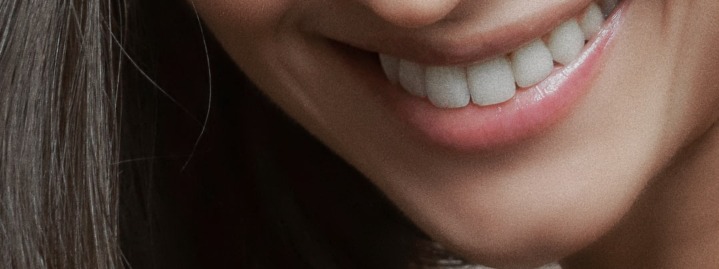History of Teeth Whitening
Teeth whitening has become the most popular smile enhancing procedure in the last 10 years. Americans, for example, spend $1.4 billion annually on teeth whitening products. But, teeth whitening has been around for centuries, even millennia.
Around the year 4000 B.C., ancient Egyptians valued a white smile as a sign of wealth and beauty. They would make a wine vinegar paste with ground pumice stones.
Two thousand years ago the ancient Romans used human urine and goat’s milk. They believed that the ammonia in urine whitened teeth.
In the 1600s, barbers looked after patrons’ teeth as well as their hair by filing down the enamel and then using nitric acid, a corrosive acid, to whiten the enamel. The problem with this method is that, because nitric acid is so corrosive, it would actually strip away the enamel and leave teeth more prone to developing decay.
Modern Teeth Whitening Methods
Modern-day teeth whitening really started in the 1980s which is when trays and peroxide started being used. Dentists actually discovered the effects of peroxide quite by accident in the 1960s. It was common practice for dentists to use peroxide gel as an antiseptic to treat gum disease. The main problem with the gel was getting it to stay on the gums long enough to do the job. So, a tray was invented, and dentists realized that peroxide gel could also whitened teeth.
Teeth whitening products still include trays and whitening gels, but have also taken the form of strips, toothpastes, gums, pens, and rinses. We will get into detail with those, seeing how they work on stains, how they can change tooth color, and what ingredients they contain, but first, let’s look at the structure of your teeth. The individual parts of your teeth play a critical role in they become stained, and what teeth whitening products are going to be most effective.

